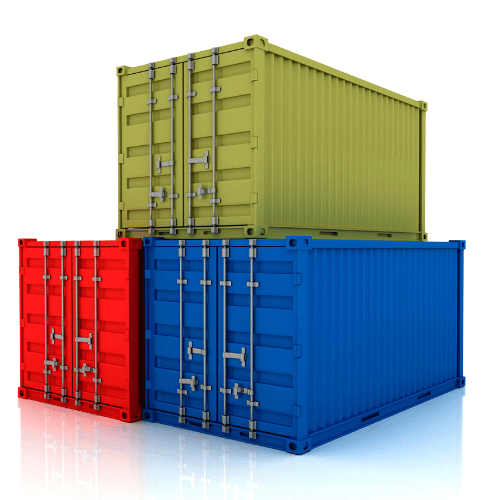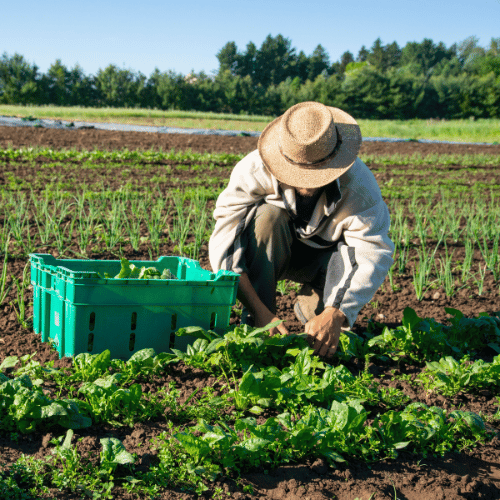Learn, Share & Update
Welcome to the ABA Cooltrans News & Blog! Stay updated with the latest news, industry insights, and expert opinions in the logistics and cold chain sector. Our blog features articles on innovative solutions, market trends, and best practices to help you stay ahead in the ever-evolving logistics landscape. Whether you're looking for updates on our services, industry knowledge, or tips to optimize your supply chain, you'll find it all here. Join us on this journey to explore the dynamic world of logistics and cold chain management..
08/05/2018, Tuesday
The implications of these changes can be seen in ‘rejected loads’. It is estimated by industry analysts that 32% of refrigerated cargo loaded onto refrigerated vehicles is at the wrong temperature at the time of loading. In most cases, the cargo is warmer than requirements dictate.
04/05/2018, Friday
We’re not going to sugarcoat it: Storing fruits and veggies can be daunting. Who hasn’t arrived home from the grocery store loaded down with produce—and the best intentions—only to later find themselves removing stinky, putrefied spinach from the crisper drawer? What a (disgusting) waste!
04/05/2018, Friday
Reefer containers or refrigerated containers are used to transport goods requiring temperature-controlled conditions in transit, such as fruit, vegetables, dairy products and meat. It is fitted with a refrigeration unit which is connected to the carrying ship's electrical power supply.
04/05/2018, Friday
In agriculture, post-harvest management is the first stage in any produces’ market lifecycle, immediately following harvest. In case of perishable crops, post-harvest handling includes aggregation, preconditioning (cleaning, sorting, packaging, precooling, etc.) of the produce and is important to extend the marketable life of the harvested crop.
03/05/2018, Thursday
One heard at a recent lecture, the expert recommendation that the country should direct greater resources for raising the field level productivity of crops, to alleviate two core concerns: the food security needs of the nation and to improve incomes for farmers.
- 1
- 2












